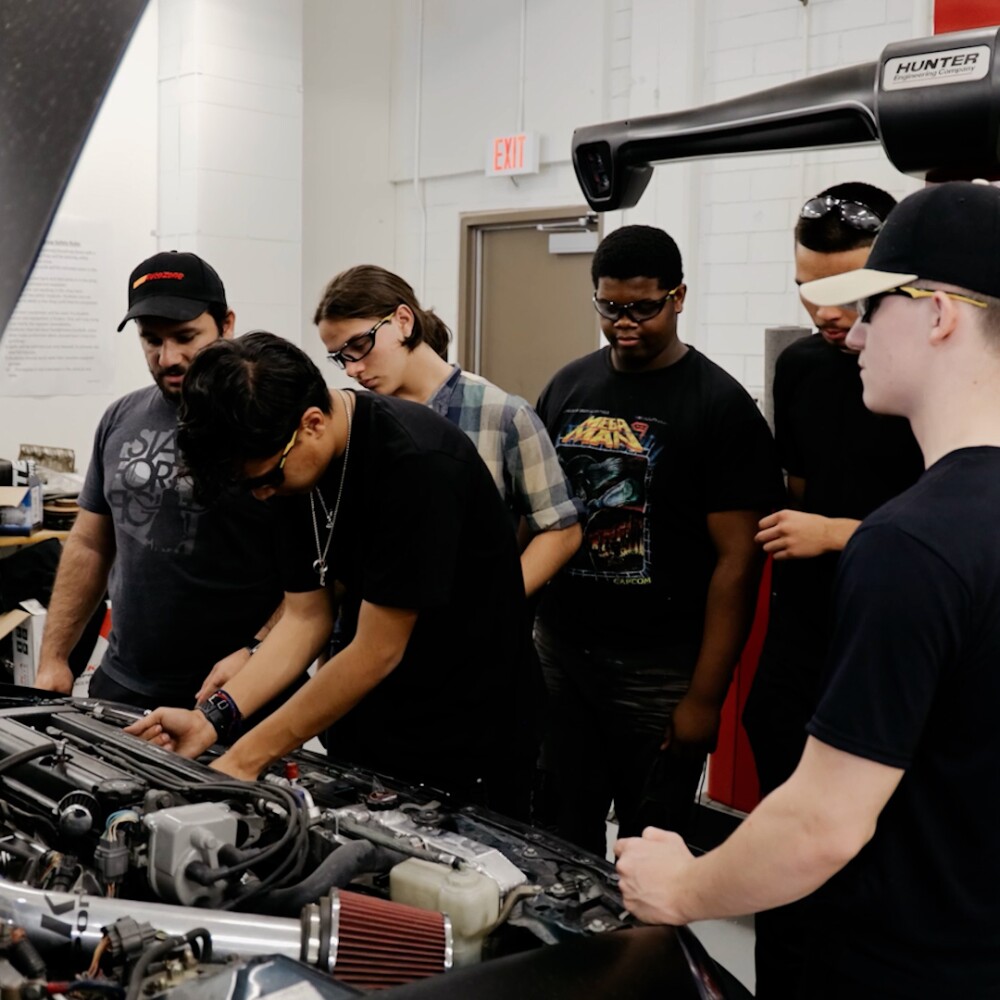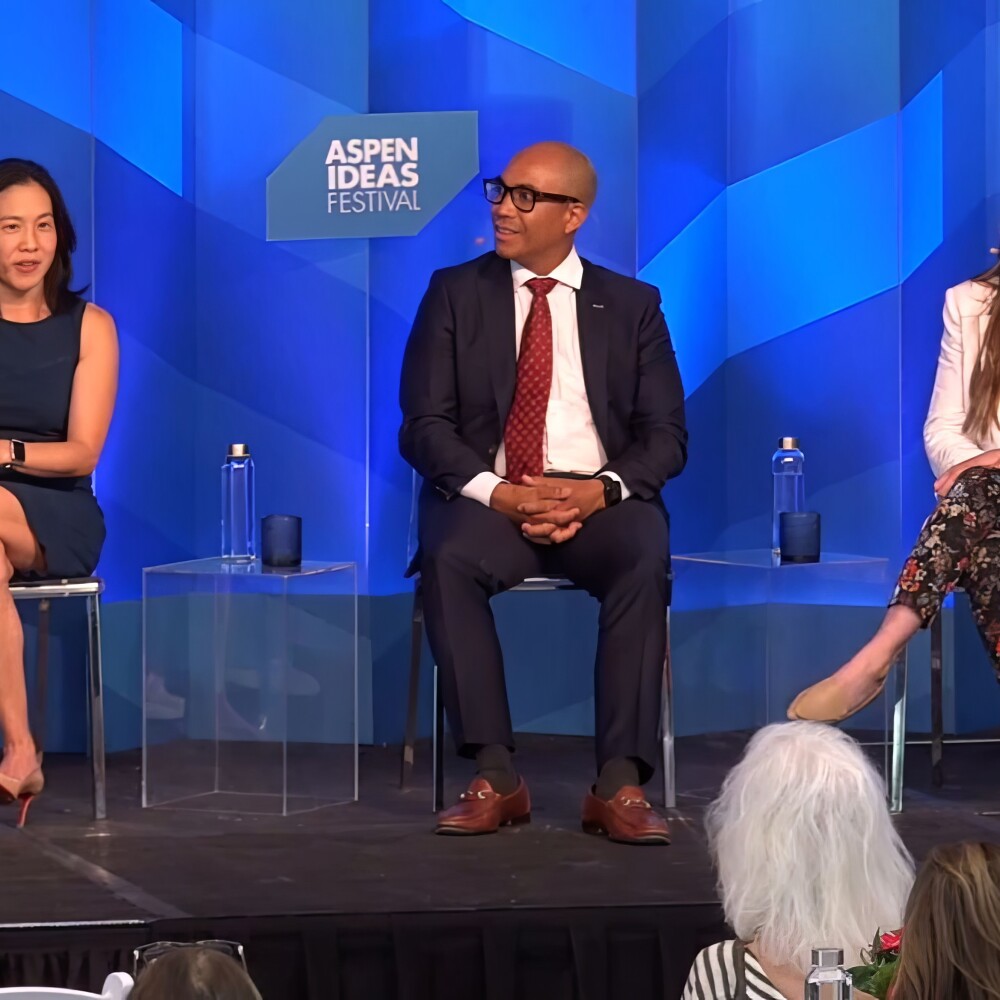The words “American Dream” are shorthand for describing an individual’s pathway to opportunity and a successful life. Historically, K–12 schools provide young people with the foundational knowledge and skills they need for achieving success and the American Dream.
What story do Americans tell today about how they define a successful life? And how can schools create what Julia Fisher of the Clayton Christensen Institute calls an opportunity equation that supports that vision? A nationally representative survey of 5,242 U.S. adults ages eighteen and older by Gallup and Populace sheds some light on those questions.
Its major finding is that there’s a dramatic divide between how individuals view their own success — personal success — and how those individuals view the way others are thought to define success — perceived societal success. For example, while status — how one ranks in a prestige hierarchy — is nearly irrelevant to defining personal success, many Americans define perceived societal success in status-oriented terms.
Specifically, 45.9% of Americans rank status as the most important factor in perceived societal success, with education (19.8%) and finances (8.8%) far behind. When choosing the most important domains of personal success, responses are nearly evenly distributed across education (17.1%), relationships (15.6%), and character (15.4%), with status dead last (5.5%). Parenting is the top contributor to personal success, followed by having a high school diploma or GED and being considered trustworthy. Fame is least important to personal success, while most important to perceived societal success.
This suggests Americans have a social capital view of personal success, emphasizing relationships and the institutions and networks that nurture and multiply relationships. The prominent role given to education also implies that Americans view K–12 schools as a core institution they believe should create relationships and networks. Today, then, a school’s opportunity equation has two dimensions: cultivating knowledge and skills for what students know, as well as who they know.
The “who equation” includes school structures and supports that develop new personal and professional relationships and networks for students. Schools do this by deepening and diversifying students’ opportunity networks through structured peer interactions, mentorships, visits to service and professional organizations, and other formal and informal relationships with adults. They can also develop career-linked relationships and networks with industry experts and advisors through work-based learning that uses apprenticeships and internships. Here are examples of innovative approaches fostering a social capital approach to schools:
- The Atlanta business community, Fulton County Schools, and Junior Achievement created a public-private partnership called 3-D Education. This project-based learning approach includes a six-week case study beginning in 11th grade that pairs students with coaches in off-campus industrial and professional settings.
- Wiseburn School District in Los Angeles County and its partner Da Vinci Charter School have over 100 business and nonprofit partners offering students programs that include internships, mentorships, workshops, boot camps, and consultancies, including student mental health and counseling services. Students can also pursue associate or bachelor’s degree programs through UCLA Extension and El Camino College or College for America.
- In Boston, Match Public Charter School, in partnership with Duet and Southern New Hampshire University, assists students with college completion and career placement, including student coaching and mentoring and accredited associate and bachelor’s degrees.
- Cristo Rey is a network of 35 Catholic high schools in 22 states that integrates four years of academics with work experience through its Corporate Work Study Program. This separate non-profit places students five days a month in an entry-level professional job with over 3,400 corporate partners.
- Finally, communities can also use technology platforms like Tucson’s CommunityShare online network to build virtual mentoring opportunities and networks between students and community partners.
Creating new personal and professional opportunity networks develops social capital, increasing young people’s opportunity equation.
This lays a groundwork that allows them to make more informed decisions about their future, propelling them to a successful life and the American Dream.
This article appears in Bruno V. Manno's new book, "The Opportunity to Rise: Rethinking K-12 Education Pathways to Social and Economic Mobility." It was first published by the Thomas B. Fordham Institute.
Please fill out this form to receive a free copy of the book.



